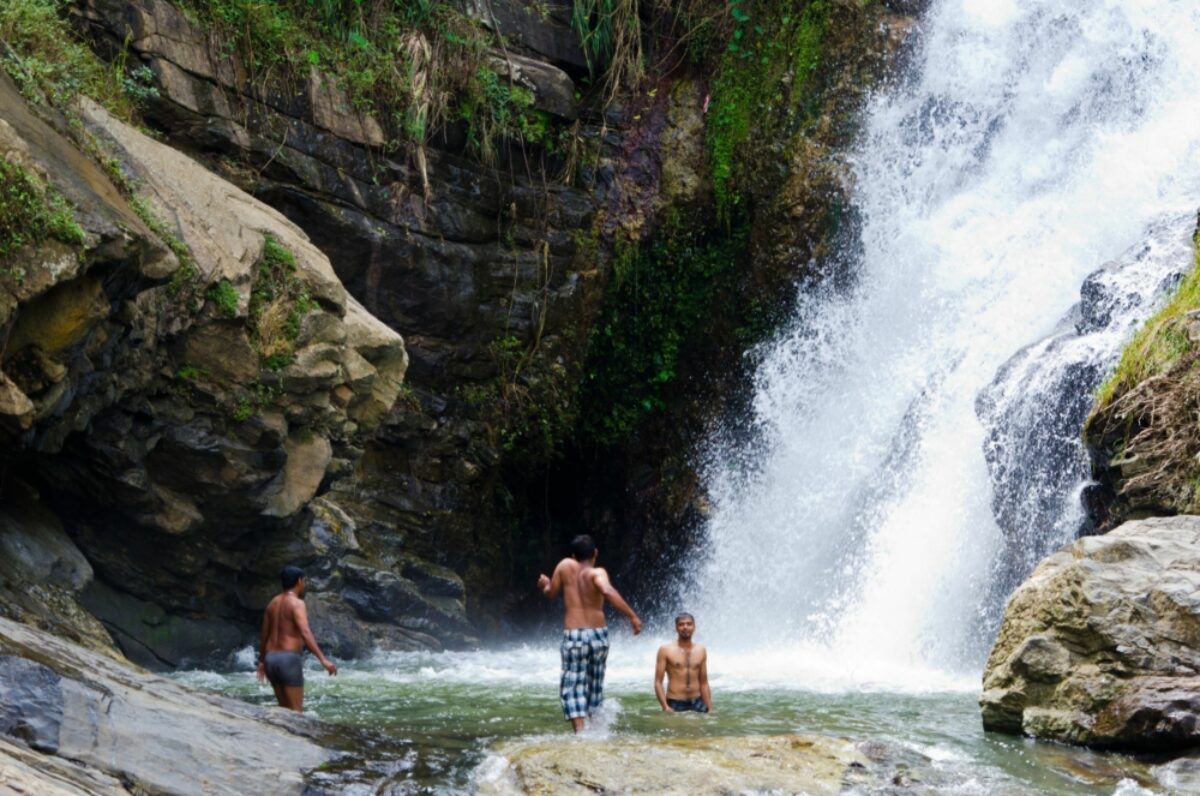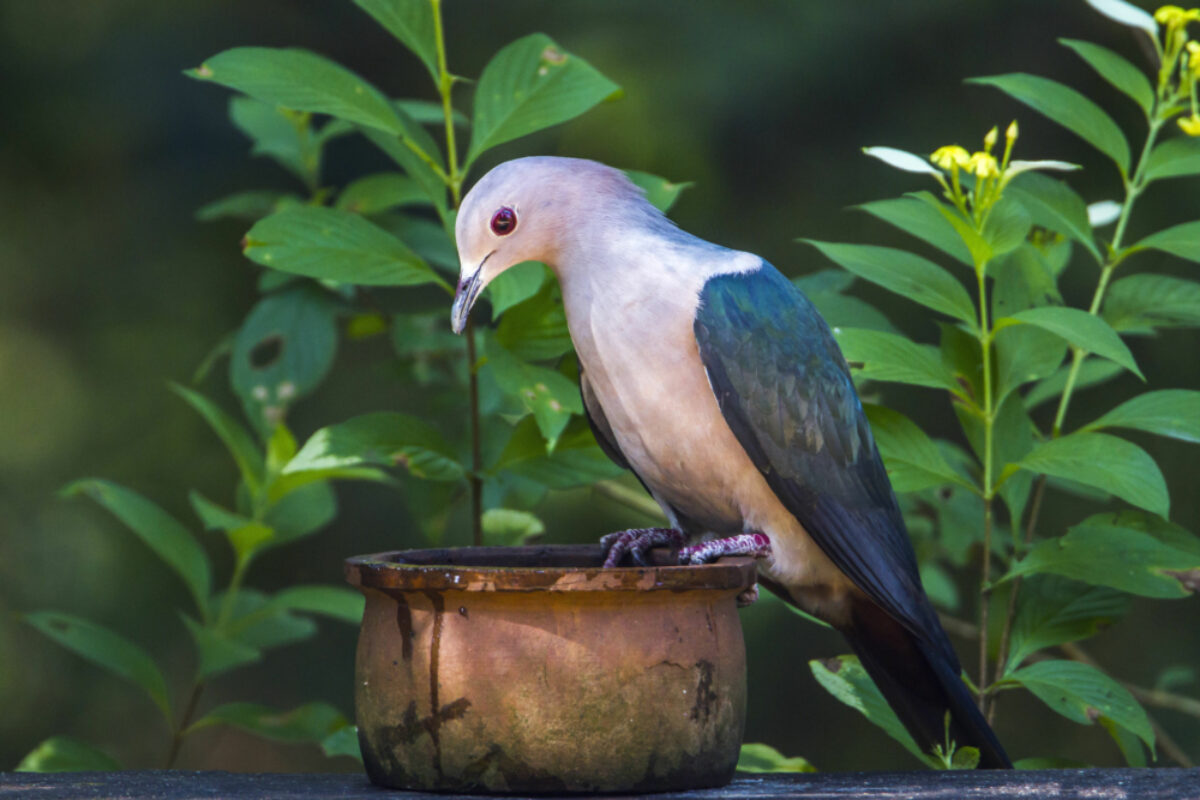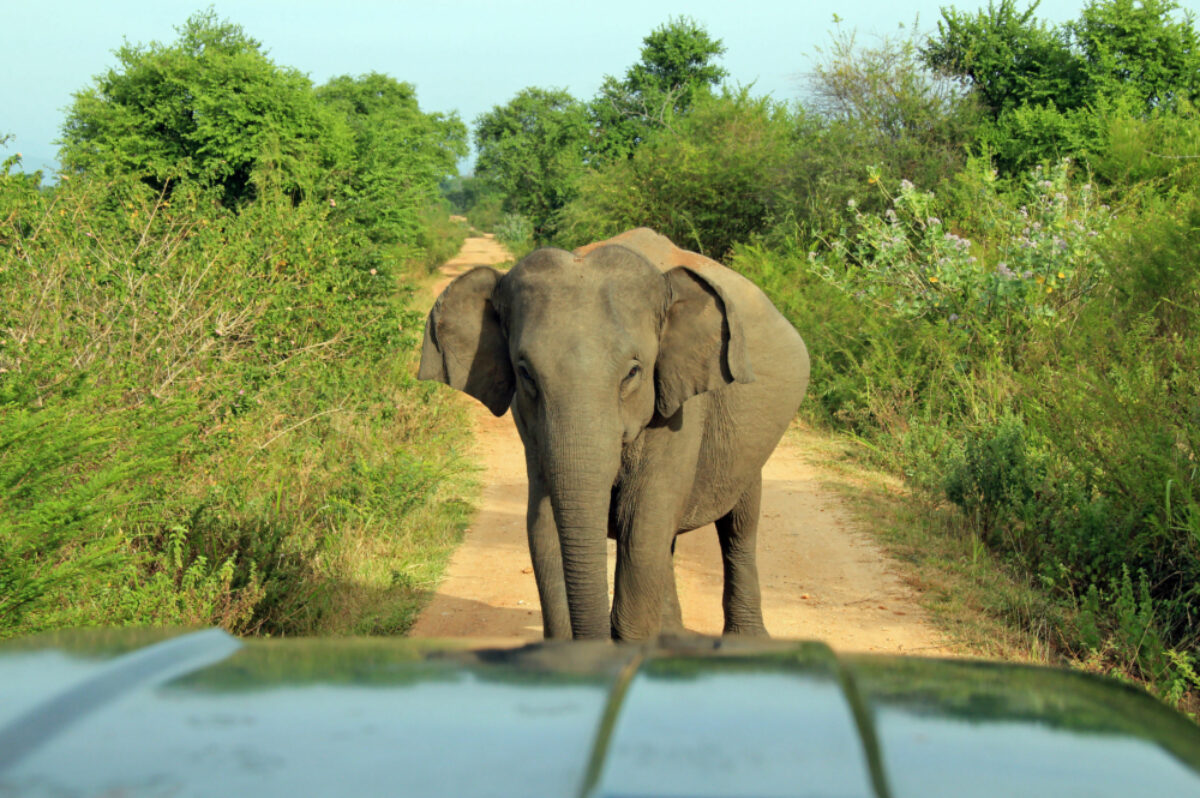Wild Sri Lanka
Skip the elephant camps and see wildlife where it belongs
Sri Lanka’s natural heritage is one of the country’s biggest draws. With two marine sanctuaries, 26 national parks and a dazzling diversity of scenery and wildlife, Sri Lanka is one of the world’s ecological heavyweights.
The country has its fair share of wildlife celebrities, such as the Sri Lankan leopard, elephant, and sloth bear, all of which can be readily observed in the wild. But visitors can also try bird watching, wreck diving, and hiking through storied landscapes.
Unfortunately, many visitors' only interaction with the country's wildlife is at horrendous elephant "sanctuaries" (which, in reality, are nothing of the sort), or the over-subscribed and under-regulated whale spotting tours. Do you really need to sit on an elephant's back to appreciate the wildlife? If not you may find the following much more rewarding.
See the swimming elephants of Gal Oya National Park
Just outside the town of Ampara in the south-east of the island, Gal Oya National Park’s remoteness – and bumpy connecting roads – have kept it a relative backwater, usually overlooked by visitors.
Built around Sri Lanka’s largest man-made reservoir, the Senanayake Samudraya, Gal Oya’s chief attraction is its population of wild elephants (and leopards, although in smaller numbers). Having adapted to the local ecosystem, Gal Oya’s elephants have learned to swim from island to island in search of food. The best way to spot them is on a leisurely boat safari – this is the only national park in the country to offer one – especially between the months of March and June.
Off the beaten path in tea country
Despite its growing reputation as a hipster haven, the hill town of Ella has far more mystique than Nuwara Eliya. Surrounded by terraced tea gardens, valleys and waterfalls, this sleepy village is the perfect launching pad for easy and moderately difficult hikes and treks.
According to local legend, Ravana, the 10-headed demon king of Hindu mythology, kidnapped the princess Sita and held her captive in this area – which is why many of its natural attractions are named after him. Of these, the Ravana caves, a network of tunnels connected to the nearby Ravana waterfalls, are arguably the most popular.
If you’d rather get off the tourist trail entirely, hire a tuk-tuk from Ella and make the 45-minute trip to Wellawaya, a town unremarkable in itself, but one which offers access to many secluded waterfalls. These include Ella Wala, a rock pool hidden from view by jungle, and the Diyaluma Falls, which has the distinction of being Sri Lanka’s third highest waterfall.

Cooling off in Ravana Falls, south of Ella
Birdwatching in the Knuckles Mountains
The Knuckles Range gets its name from its distinctive rock formations which resemble the knuckles of a clenched fist. The range was designated a UNESCO World Heritage Site in 2010 for its incredible biodiversity. Its undulating valleys, moss-covered peaks and evergreen cloud forests are home to more than 120 bird species and more than 50 species of mammals and reptiles.
The Range is renowned for birdwatching. Some of its endemic bird species include the small and rare Sri Lanka whistling thrush, the Sri Lanka green pigeon (which has a distinctive green hue), and the dull-blue flycatcher.
The higher reaches of the Knuckles are challenging to access and require permits, so it is advisable to organise your expedition through a reliable tour operator.

Sri Lankan green pigeon in the Knuckles Mountains
Wreck diving in Pasikudah Bay
Pasikudah, an isolated hamlet on the east coast until the end of the war, has become a popular tourist destination. With a number of shipwrecks in shallow water and a couple of deeper Second World War wrecks not too far from the tourist stretch, Pasikudah is emerging as a hotspot for wreck diving.
Some of the famous wrecks near the Pasikudah coast include the British Sergeant, a British tanker that was sunk during a Japanese air raid in 1942; the Gladys Moller, a transport ship that was wrecked in very shallow waters, and three so-called boiler wrecks that are an excellent training ground for divers looking to improve their skills.
An hour away, off the coast of Batticaloa in deeper waters lies the wreck of HMS Hermes, the first custom-built aircraft carrier that was sunk during a Japanese air raid. At a depth of 42 to 53 metres, this is considered one of the world’s great wreck dives, suitable for trained and experienced divers.
Wild elephant spotting in Udawalawe National Park
With Sri Lanka’s largest wild elephant population, Udawalawe National Park is a quieter alternative to the frequently overcrowded Yala National Park.
Eco-conscious travellers with an appetite for adventure will enjoy staying at Banyan Camp. Just outside Udawalawe’s perimeter, the lodge is built of natural materials, uses recycled furniture and eschews air-conditioning.
The best time to visit Udawalawe is in the dry season between May and September.

This view beats an elephant ride any day
Walks by the bund in Anuradhapura
Best known for its Buddhist stupas and ruins, Anuradhapura – an ancient capital of Sri Lanka – is at the heart of the Cultural Triangle. But it is also a great nature spot, ideal for contemplative walks along the banks of the reservoirs that were built to serve the once-thriving city.
Largely secluded and quiet except for the odd passing vehicle, the reservoir embankments provide a great vantage point from which to spot large flocks of water birds at sunrise and sunset.
Explore the mangrove forests of Madu Ganga
The beach town of Bentota, on Sri Lanka’s south-western coast and easily reached from Colombo, is a tourism hotspot – the beaches here are crowded and a tad dirty in peak season.
But just half an hour’s drive from busy Bentota is one of Sri Lanka’s best-kept secrets: a dense tangle of mangrove forests on the Madu Ganga river. Part of an inland coastal wetland, they are among the last untouched mangrove forests in the country. Local operators offer boat tours that weave through the mangroves and past small river islands.




